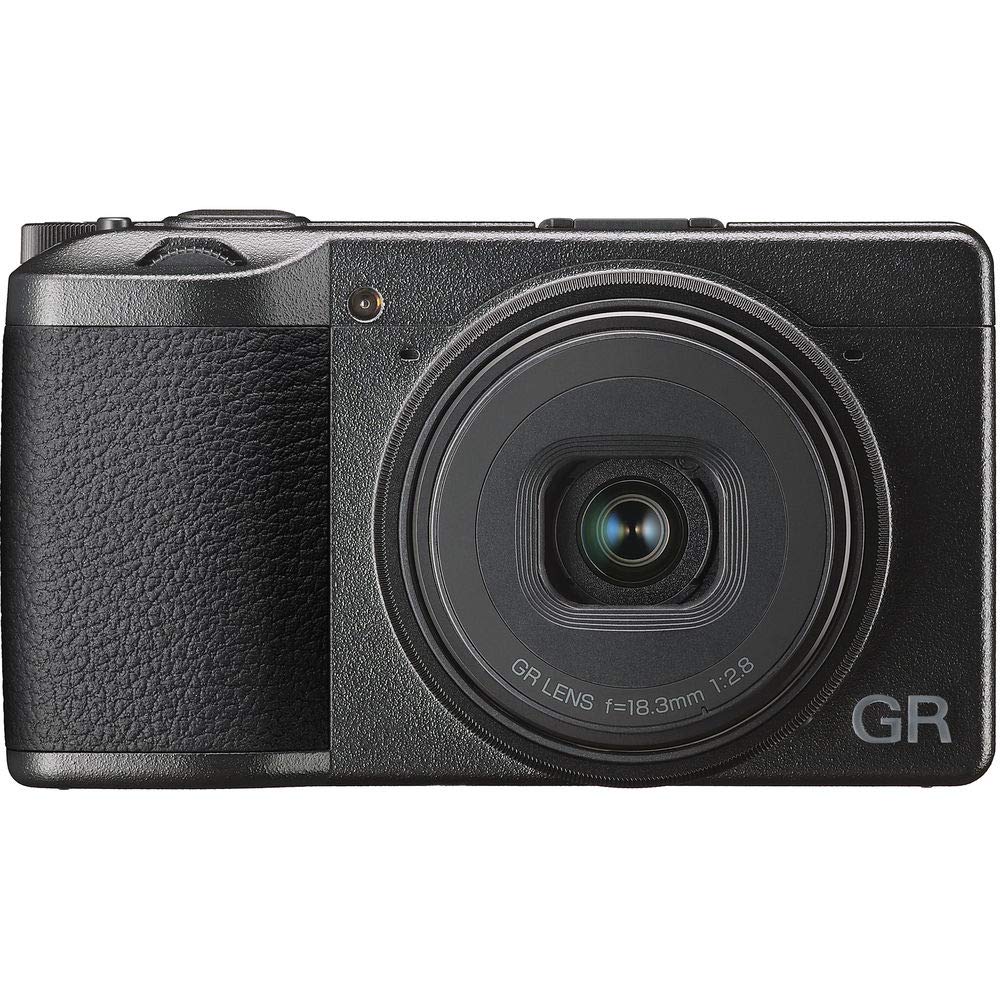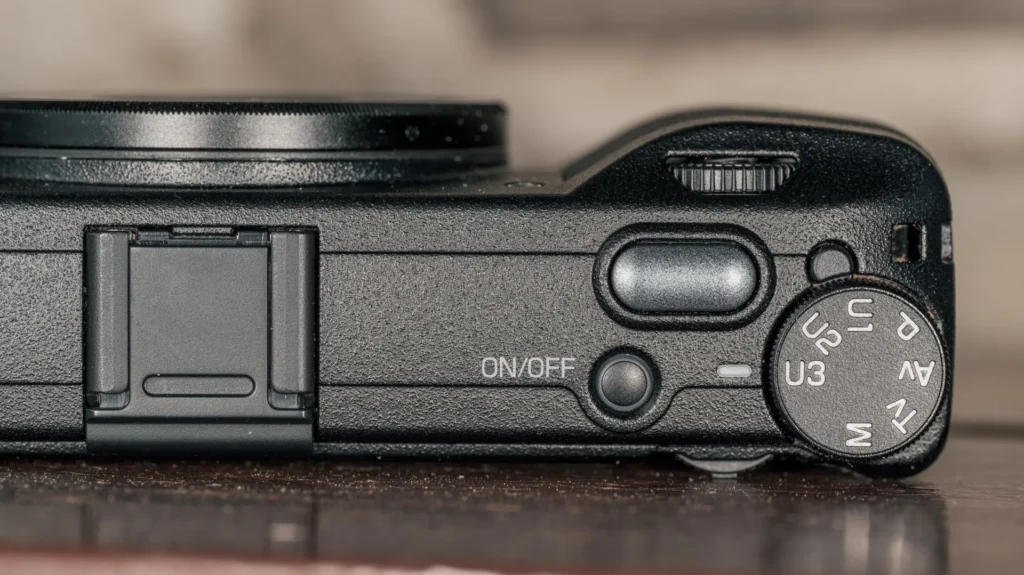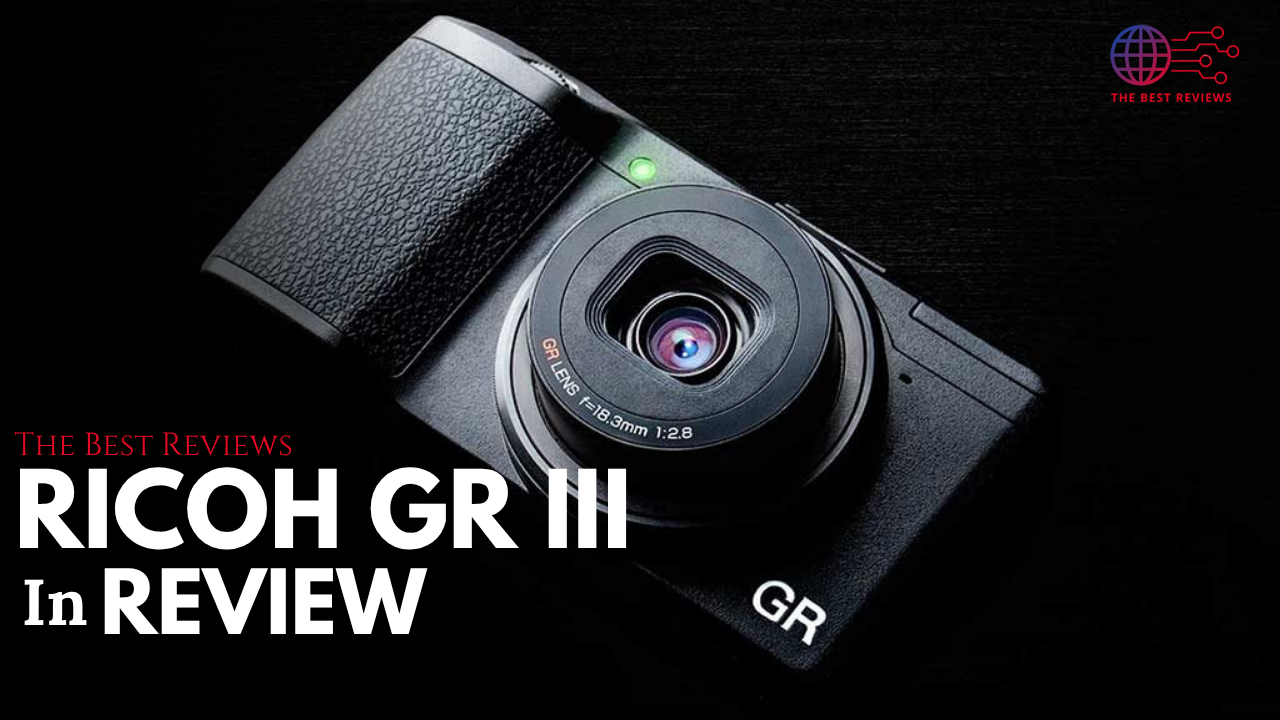The Ricoh GR III might just be the camera you’ve been waiting for. With its stealthy design, lightning-fast snap focus, and stunning image quality from an APS-C sensor, this little beast has a cult following and for good reason. In this video, we’re taking a deep dive into why the GR III isn’t just compact… it’s powerful, purposeful, and built for the moments that matter most. Let’s get started!
Pros
- 24.2MP APS-C sensor in a compact body
Legendary Snap Focus for street photography
Excellent image quality, even in low light
Built-in image stabilization
Pocketable and discreet for daily carry
Cons
- No viewfinder (rely on LCD only)
Fixed 28mm lens — no zoom
Weak battery life (around 200 shots)
Not ideal for fast-moving subjects
Minimal weather sealing
No 1 Ricoh GR III

The Ricoh GR III is a street photographer’s secret weapon a minimalist, compact camera that prioritizes image quality, speed, and discretion. It might look simple, but this little beast is packed with features that appeal to serious shooters who want DSLR-level results without the weight.
At the heart of the GR III is a 24.2MP APS-C sensor, which is rare in a camera this size. The image quality is sharp, clean, and detailed, even in low-light conditions. Pair that with a fixed 28mm f/2.8 lens, and you’ve got a fast, sharp setup that’s perfect for wide shots, street scenes, and everyday storytelling.
The GR III’s snap focus mode is legendary. It allows you to preset a focus distance, enabling you to capture moments instantly without hunting for focus. It’s ideal for street shooters who rely on speed and muscle memory to get the shot before it’s gone.
Handling is extremely minimal but purposeful. There’s no EVF, but the touchscreen is responsive and easy to navigate. The control layout is intuitive, and once you get used to the GR III’s philosophy of “less is more,” it starts to feel like an extension of your hand.
Despite its size, the GR III packs in useful tools like IBIS (In-Body Image Stabilization), customizable buttons, and even USB-C charging. These little touches make it a highly practical carry-everywhere camera for travel, documentary work, or even professional use as a second shooter.
Autofocus is fast and reliable in most conditions, but it’s not designed for action or sports. This is a camera made for thoughtful compositions and reactive shooting more about capturing “decisive moments” than blazing speed.
Battery life isn’t the best you’ll get around 200 shots per charge, so carrying an extra battery is a must. But in return, you’re getting a compact body that slips into your pocket and is always ready when inspiration strikes.
All in all, the Ricoh GR III is a niche camera with a cult following and for good reason. It’s not trying to be everything for everyone. It’s built for people who value speed, simplicity, and stunning image quality in the most compact form possible. If that sounds like you, the GR III might just be your new everyday carry.
Controls: Plenty of Buttons, But Not Crowded
The GR III puts the bulk of its controls on the right-hand side of the camera. And although it has plenty of buttons and dials, the layout doesn’t feel at all crowded.

The camera includes a front control dial at the top of its bump-sized handgrip, along with an oblong shutter release, Mode dial, and On/Off button just behind it. The GR III’s pill-shaped shutter release is certainly distinctive, but its function is fairly standard—press it halfway to engage autofocus or fully to snap a picture.
The Mode dial includes a push-button lock just in front of the control surface that you need to engage as you turn the dial. I find this setup easier to operate compared with those that put the locking post at the center. The standard PASM exposure modes are all here, as are three user modes (U1-U3) for saving custom settings.
Verdict: Stunning Photos and Compact Style
If you are looking for a go-anywhere camera with intuitive controls, a fantastic lens, and a stabilized image sensor, the Ricoh GR III HDF might be an ideal point-and-shoot. Its Snap Focus feature adds something unique for street photography, while the HDF can give photos a special look (the ND filter on the otherwise identical standard model is also intriguing if that suits your style better). The camera absolutely lives up to its iconic predecessors in form and function: It’s a lot of fun to use, and its image quality competes with that of larger, interchangeable lens alternatives. But a GR camera won’t appeal to everyone due to its fixed wide-angle view, limited video capabilities, and short battery life. Fujifilm’s X100VI ultimately remains our Editors’ Choice winner and justifies its extra cost for most people since it offers the advantage of longer runtimes, an eye-level viewfinder, and more advanced imaging and video tech

